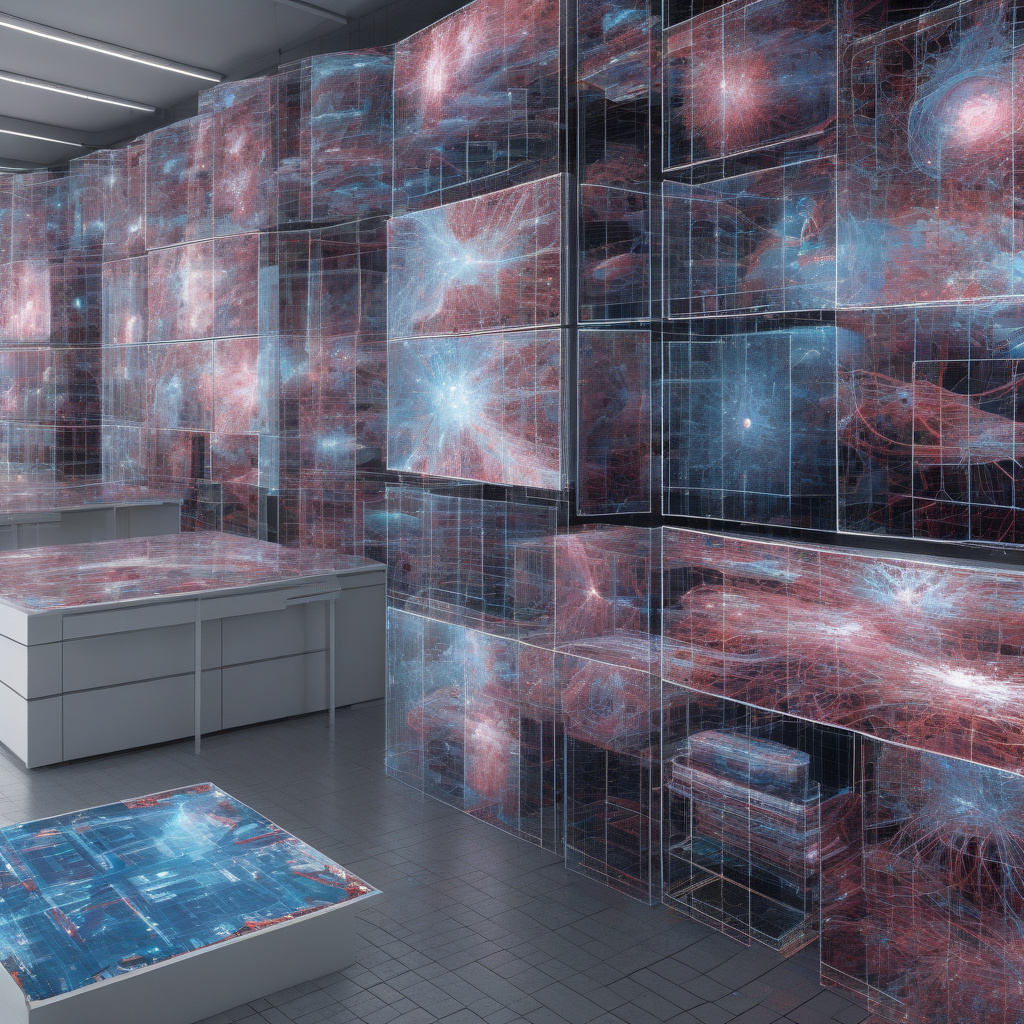Demystifying Convolutional Neural Networks (CNNs) in Deep Learning
Thinking through my experience in working with deep learning models has been rewarding. From reading raw pixels to powering self-driving cars, CNNs remain the cornerstone of modern visual perception. This article walks through how they work, why they matter, and where they’re headed.
Why Convolution?
Convolution, in a nutshell, is a way of “mixing” two functions (or two arrays of numbers) so that one acts as a filter over the other. It measures how much the two overlap as one slides (shifts) across the other. Because of that sliding‑and‑multiplying behavior, convolution extracts local patterns and produces a new signal or image in which those patterns are emphasized or suppressed.
The Power of CNNs in Image Recognition
CNNs have revolutionized image recognition tasks. By using various layers such as convolutional layers, pooling layers, and fully connected layers, CNNs can automatically learn features from images. For instance, in a task like facial recognition, CNNs can identify key features like edges, shapes, and textures to distinguish between different faces accurately.
Applications Beyond Image Processing
While CNNs are widely known for their prowess in image processing tasks, their applications extend far beyond that. In the medical field, CNNs are used for diagnosing diseases from medical images such as X-rays and MRIs. They can also be employed in natural language processing tasks like sentiment analysis, text classification, and language translation.
The Role of Transfer Learning in CNNs
Transfer learning is a technique where a pre-trained model is used as a starting point for a new task. In the case of CNNs, transfer learning proves to be highly effective, especially when working with limited data. By leveraging pre-trained models like VGG, ResNet, or Inception, developers can achieve remarkable results in tasks like image classification with minimal data and computational resources.
Challenges and Future Trends
Despite their effectiveness, CNNs are not without challenges. One significant issue is the need for large datasets to train these models effectively. Additionally, CNNs can be computationally intensive, requiring powerful hardware for training and inference. However, researchers are actively exploring ways to make CNNs more efficient, such as developing lightweight architectures like MobileNet and EfficientNet.
Looking ahead, the future of CNNs seems promising. With advancements in areas like explainable AI, where models provide insights into their decision-making process, CNNs are becoming more transparent and interpretable. Moreover, the integration of CNNs with other technologies like reinforcement learning and generative adversarial networks opens up new avenues for innovation in the field of deep learning.
In conclusion, CNNs have transformed the landscape of deep learning, particularly in the realm of image processing. With their ability to automatically learn features from data, CNNs have enabled groundbreaking applications across various industries. As researchers continue to overcome challenges and explore new frontiers, CNNs are poised to remain at the forefront of innovation in the field of artificial intelligence.

